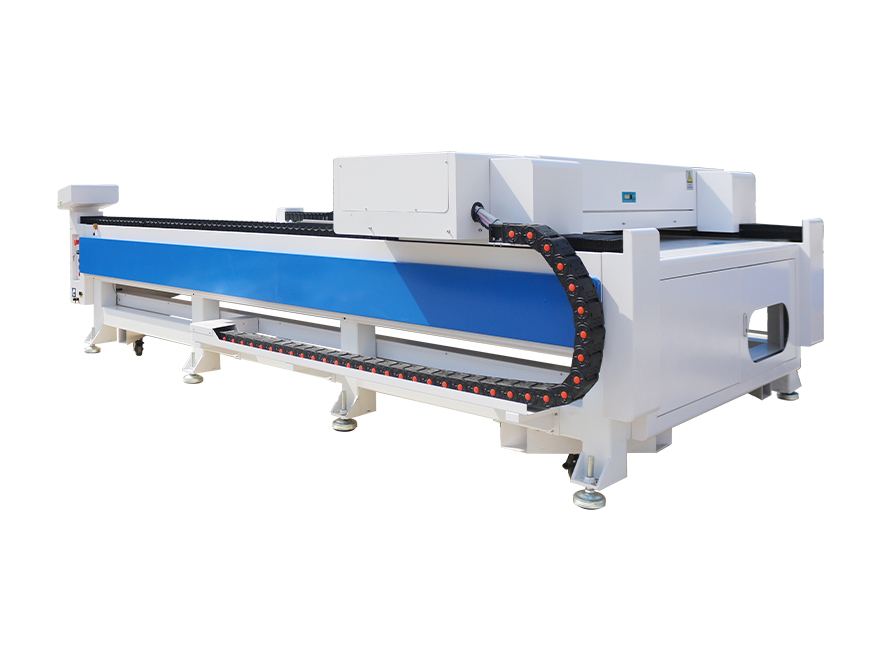Exploring the Best CO2 Laser Engraving Methods for Metal Surfaces
The Benefits of CO2 Laser Engraving on Metal
CO2 laser engraving is a popular method for marking and engraving on various metal surfaces. This technique uses a high-powered laser beam that vaporizes the material’s surface, creating a permanent and precise mark. The CO2 laser engraving method offers several advantages for metal engraving.
- High Precision: CO2 laser engraving provides an excellent level of precision, allowing you to engrave intricate designs and patterns on metal surfaces with great accuracy.
- Durability: The engraved markings produced by CO2 lasers are highly durable and resistant to wear and tear. This makes them ideal for industrial applications or any scenario where the engraving needs to withstand harsh conditions.
- Versatility: CO2 laser engraving machines can work with a wide range of metal materials, including stainless steel, aluminum, brass, and more. This versatility makes them suitable for various industries, such as jewelry making, aerospace, and electronics.
CO2 Laser Engraving Techniques for Metal
When it comes to CO2 laser engraving on metal surfaces, several techniques can be employed to achieve the desired results. Here are three commonly used methods:
1. Etching: This method involves removing a thin layer from the metal surface to create a contrasting mark. CO2 lasers are adjusted to low power settings to achieve a shallow engraving depth. This technique is ideal for creating detailed designs or adding logos on metal items.
2. Annealing: Rather than directly removing material, annealing utilizes the laser’s heat to alter the metal’s color and create permanent markings. This technique is commonly used for creating barcodes, serial numbers, or intricate designs on metals like stainless steel.
3. Ablation: In this technique, the laser vaporizes the metal material, resulting in deep engravings. Ablation is ideal for creating deep grooves, such as in mold making or artistic applications where detailed texturing is required.
Tips for Effective CO2 Laser Engraving on Metal
To ensure the best results when using CO2 laser engraving on metal surfaces, consider the following tips:
- Choose the Right Settings: Adjust the laser power, speed, and frequency according to the type of metal being engraved to achieve optimal results. Experimentation and sample testing are crucial to determine the ideal settings for each metal material.
- Proper Cleaning and Preparation: Ensure that the metal surface is thoroughly cleaned and free from oils, dirt, or debris before engraving. This helps to achieve a more precise and consistent engraving.
- Use Correct Focusing: Adjust the laser’s focal point to ensure the beam is at its sharpest at the desired engraving depth. Incorrect focusing can result in blurry or shallow engravings.
Frequently Asked Questions (FAQs)
Here are some frequently asked questions about CO2 laser engraving on metal surfaces:
Q: Can CO2 lasers engrave all types of metals?
A: CO2 lasers can engrave a wide range of metal materials, including stainless steel, aluminum, brass, titanium, and more. However, certain metals with highly reflective surfaces, such as copper or silver, may require specialized techniques or coatings for optimal results.
Q: How long does a CO2 laser engraving on metal last?
A: The durability of CO2 laser engravings on metal surfaces is exceptionally high. The engraved markings are permanent and typically resistant to fading, corrosion, and wear and tear. This ensures that the engravings last for the lifetime of the metal object.
Q: Can CO2 laser engraving be used for mass production?
A: Yes, CO2 laser engraving is well-suited for mass production due to its high speed and versatility. Laser engraving machines can be easily automated, allowing for consistent and efficient engraving processes.





